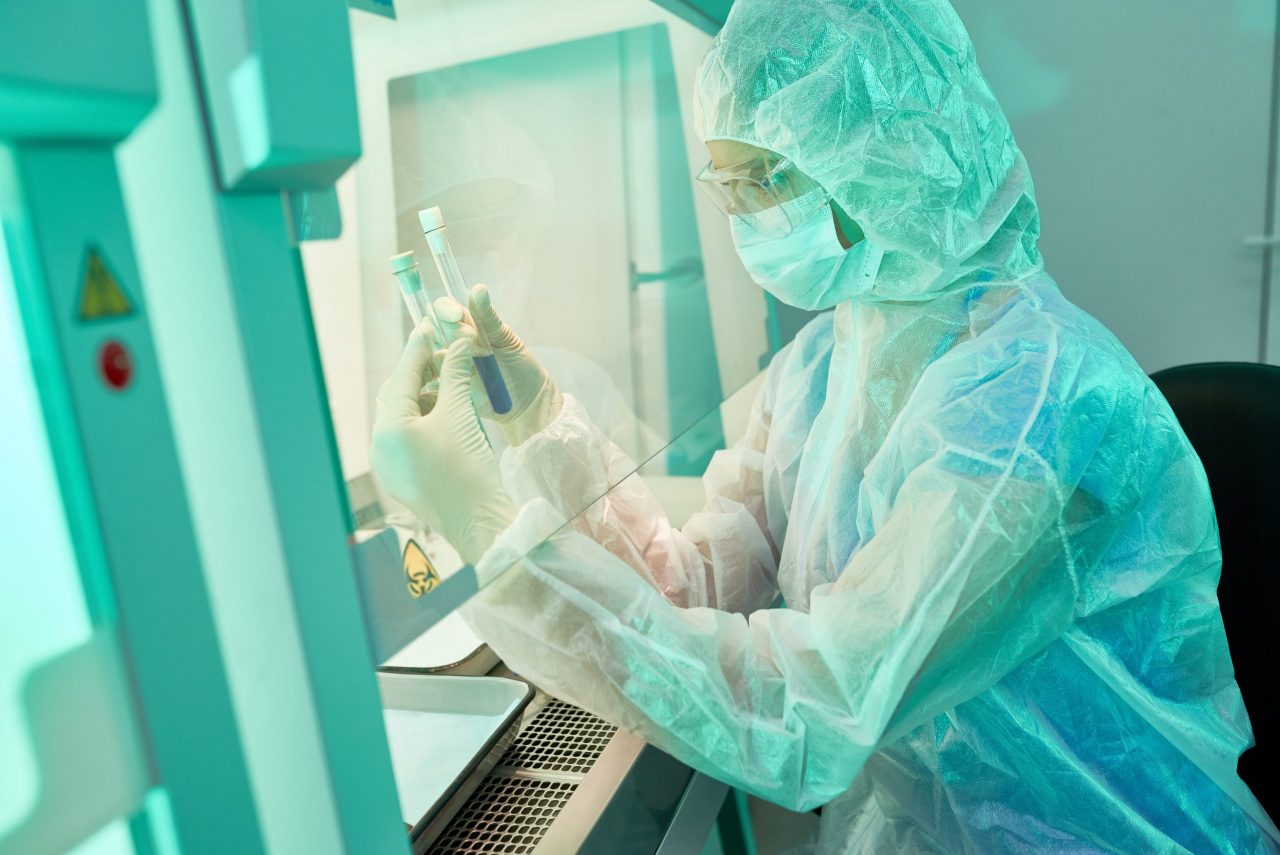Laboratory hoods are fundamental pieces in the operation of this space to maintain air quality. The variety of hoods in the industry responds to the needs of scientists. Laminar flow hoods, biological safety hoods, and fume hoods all serve a purpose.
These are forced circulation chambers that, depending on their specifications and design, provide different levels of protection. They are essential in a clinical microbiology laboratory and are classified according to the level and type of protection. In principle, it is necessary to distinguish the differences between fume hoods, laminar flow cabinets, PCR cabinets and biological safety cabinets.
Gas extraction hoods
The fume hood (or fume hood) is a ventilated enclosure that captures the fumes and vapors from the handling of chemicals in the laboratory. Although it constitutes a very useful equipment in the containment of chemical risk, it does not offer any protection against biological risks.
Laminar flow cabinet
Laminar flow cabinets are enclosures that use a fan to force air through a HEPA filter sweeping the work surface. The air flow can be vertical or horizontal. These cabinets offer protection only to the material handled inside, but never to the operator, so they are not recommended for work in a Clinical Microbiology Laboratory. They are, however, an essential work tool in the so-called “clean areas”.
Biological safety cabin
Biological safety cabinets are ventilated rooms designed to limit the risk of laboratory personnel exposed to infectious agents as much as possible. This is especially important considering that many of the operations carried out in a laboratory involve the formation of aerosols. The main objective of this equipment is to provide a work area that minimizes the probability that an airborne particle has to escape to the outside of the cabin and thus contaminate the operator and the area around him. In addition, some of them offer protection to the material that is handled.
When a biological safety cabinet is used by properly trained personnel aware of its limitations, it becomes a very effective containment equipment to reduce the possible escape of biological contamination. However, it is important to bear in mind that a cabin is never a substitute for a proper microbiological technique.
These cabinets have two systems that prevent contamination from escaping: air barriers and filters. Air barriers are created by allowing air to flow in only one direction and at a constant speed, creating a true “curtain” of air known as laminar airflow. It is, by definition, a flow with no turbulence. The purpose of the filters is to trap the particles contained in this air flow and the most commonly used are HEPA filters, which retain particles up to 0.3 microns in diameter with an efficiency of 99.97%.
PCR hoods
A polymerase chain reaction (PCR) workbench is a work area enclosed on three sides, which provides the space to perform DNA and RNA amplification. These work cabinets, used in biology and genetics laboratories, avoid cross contamination between samples and the ultraviolet light they possess keeps the area sterile. They provide the environment free from contamination.
At Kalstein we offer you an excellent range of extractor hoods and safety cabinets. That is why we invite you to take a look at the HERE

